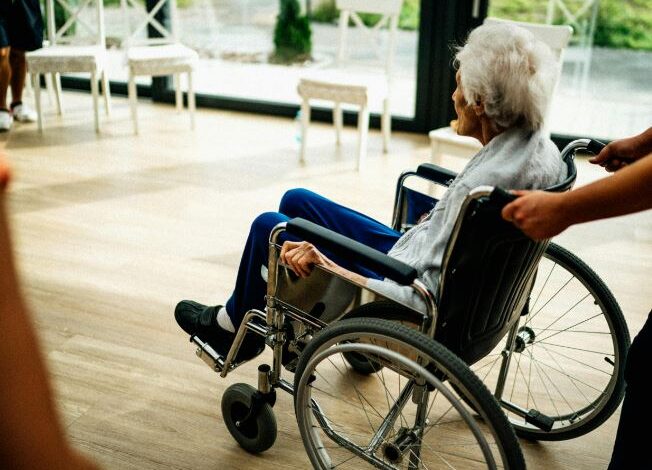Mobility Aids for Limited Accessibility Patients

Mobility aids are essential tools that assist individuals with limited mobility to navigate their environments more independently. These devices can range from simple walking canes to complex motorized wheelchairs, each tailored to meet specific needs and challenges.
Mobility aids can be broadly categorized into three main types:
-
Walking Aids: These devices provide support and stability for individuals who have difficulty walking independently. They include:
- Canes: Single-point support aids that are typically used by individuals with mild to moderate mobility impairments.x
- Crutches: Pair of support aids that are used by individuals with more significant mobility limitations, such as those recovering from injuries or surgeries.
- Walkers: Four-legged frames that provide stability and support for individuals with limited lower body strength or balance.
- Canes: Single-point support aids that are typically used by individuals with mild to moderate mobility impairments.x
-
Wheelchairs: These are essential tools for individuals who are unable to walk or bear weight on their lower limbs. They come in various types, including:
- Manual wheelchairs: Propelled by the user’s arms.
- Electric wheelchairs: Powered by a motor and controlled by a joystick.
- Power-assisted wheelchairs: Combine manual and electric propulsion for added flexibility.
- Manual wheelchairs: Propelled by the user’s arms.
-
Assistive Devices: These devices address specific mobility challenges, such as:
- Stairlifts: Mechanical devices that transport individuals up and down stairs.
- Ramps: Inclined surfaces that provide access to buildings and other elevated areas.
- Transfer boards: Aids used to move individuals from one seated position to another.
- Bath and toilet equipment: Devices that assist with personal hygiene and toileting.
- Stairlifts: Mechanical devices that transport individuals up and down stairs.
Factors to Consider When Choosing a Mobility Aid
Selecting the right mobility aid depends on several factors, including:
- Individual needs: Consider the user’s mobility limitations, level of independence, and specific challenges.
- Physical environment: Assess the user’s living environment, including the type of flooring, presence of stairs, and accessibility of public spaces.
- Medical condition: The underlying medical condition can influence the choice of mobility aid.
- Personal preferences: The user’s comfort, style, and preferences should also be taken into account.
Tips for Using Mobility Aids Safely and Effectively
- Proper fitting: Ensure that the mobility aid is fitted correctly to prevent injuries and maximize its effectiveness.
- Training: Seek professional training or guidance to learn how to use the mobility aid safely and efficiently.
- Regular maintenance: Maintain the mobility aid according to the manufacturer’s instructions to ensure its proper functioning.
- Accessibility awareness: Advocate for accessible environments to promote independence and inclusion.
By understanding the different types of mobility aids and considering the factors involved in selecting the right device, individuals with limited accessibility can improve their quality of life and participate more fully in society.





